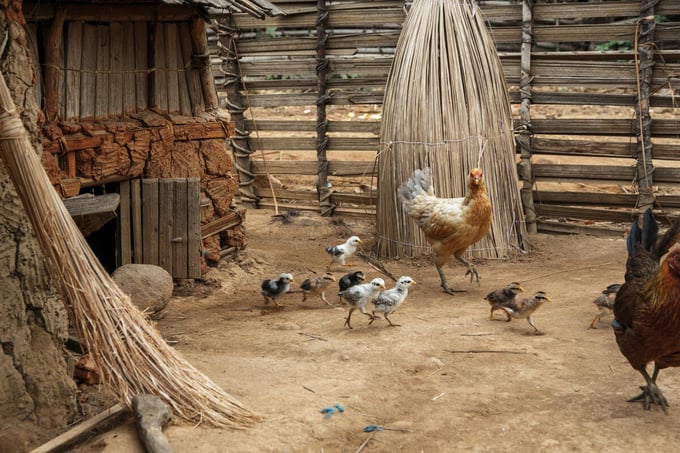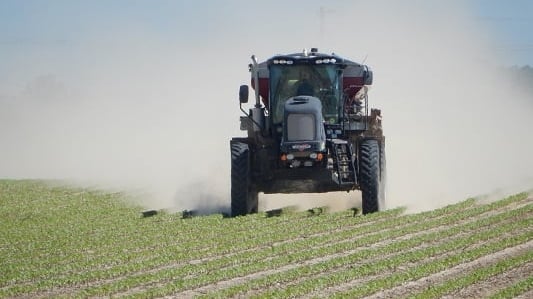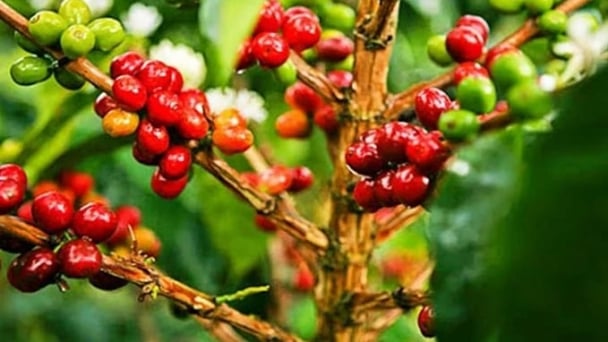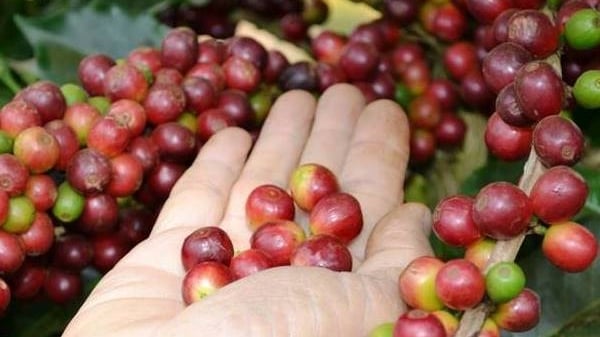June 19, 2025 | 21:52 GMT +7
June 19, 2025 | 21:52 GMT +7
Hotline: 0913.378.918
June 19, 2025 | 21:52 GMT +7
Hotline: 0913.378.918

Chickens in Madagascar.
The benchmark for world food commodity prices edged higher in April, as rising meat prices and modest upticks for vegetable oils and cereals more than offset decreases for sugar and dairy products, the Food and Agriculture Organization of the United Nations (FAO) reported Friday.
The FAO Food Price Index, which tracks monthly changes in the international prices of a set of globally-traded food commodities, averaged 119.1 points in April, up 0.3 percent from its revised March level, while down 9.6 percent from its year-earlier level.
The FAO Cereal Price Index rose 0.3 percent from March, ending a three-month declining trajectory. Global wheat export prices stabilized in April as strong competition among major exporters offset concerns about unfavorable crop conditions in parts of the European Union, the Russian Federation and the United States of America.
Maize export prices increased, influenced by high demand amidst mounting logistical disruptions as a result of infrastructure damages in Ukraine and concerns about the production in Brazil ahead of the main harvest. The FAO All-Rice Price Index declined by 1.8 percent, due largely to falls in Indica quotations driven by harvest pressure.
The FAO Vegetable Oil Price Index also increased by 0.3 percent from March, reaching a 13-month high, as higher quotations for sunflower and rapeseed oil offset slightly lower prices for palm and soy oil.
The FAO Meat Price Index increased by 1.6 percent in April from the previous month, as international poultry, bovine and ovine meat prices all rose. World pig meat prices fell marginally, reflecting slack internal demand in Western Europe and persistently lacklustre demand from leading importers, especially China.
The FAO Sugar Price Index declined 4.4 percent from March to stand 14.7 percent below its April 2023 level. The decrease was mostly related to improved global supply prospects, notably due to larger-than-previously-anticipated outputs in India and Thailand and improved weather conditions in Brazil.The FAO Dairy Price Index decreased marginally, by 0.3 percent, ending six consecutive months of increases, led by sluggish spot import demand for skim milk powder and by lower world cheese prices, impacted by the strengthening of the United States dollar. World butter prices, by contrast, increased amid steady import demand.
FAO also released a new Cereal Supply and Demand Brief, slightly raising its forecast for the world total cereal production in 2023 to 2 846 million tonnes, a 1.2 percent increase from the previous year. The revision primarily reflects new information from Myanmar and Pakistan.
The forecast for world cereal utilization was increased to 2 829 million tonnes, mostly reflecting higher than previously anticipated feed use of maize and barley. Global maize utilization is now expected to rise 1.6 percent over the year, while that for wheat rises by 1.9 percent and that for rice dips mildly.
World cereal stocks are forecast to end the 2024 seasons at 890 million tonnes, a 2.1 percent increase from the outset of the year, pointing to a worldwide cereal stocks-to-use ratio of 30.9 percent.
FAO also adjusted its forecast for global wheat production in 2024, now standing at 791 million tonnes, less than previously expected but still marking an increase of 0.5 percent from 2023.
For coarse grain crops, the main harvest period begins soon in southern hemisphere countries, and recent adverse weather conditions have curbed yield prospects in leading producer countries, notably Brazil and South Africa.
(FAO)

(VAN) The vice president of fertilizer with Stone X Group says increasing tensions in the Middle East are impacting global nitrogen prices.

(VAN) Coffee prices on June 18, 2025, declined globally, with Arabica losing about 2.3%. Domestic prices fell by VND 1,600, down to VND 109,400 – 110,000/kg.

(VAN) Japan will release another 200,000 metric tons of rice from its emergency stockpile to tackle a doubling of prices since last year, Agriculture Minister Shinjiro Koizumi said on Tuesday.

(VAN) Coffee prices on June 13 declined sharply for Arabica. Domestic coffee market in Vietnam dropped by VND 2,000, trading at VND 111,500 – 112,300/kg.

(VAN) Coffee prices on June 12, 2025, continued to fall. Domestically, coffee prices decreased by another VND 2,000, trading at VND 111,500 – 112,300/kg.

(VAN) Coffee prices on June 11, 2025, fell sharply across global markets. Domestic coffee market dropped by VND 700, to the range of VND 113,500 – 114,300/kg.

(VAN) Coffee prices on June 10 2025, rose sharply worldwide for Robusta. Domestic coffee market increased by VND 800, reaching VND 114,200 – 114,800/kg.